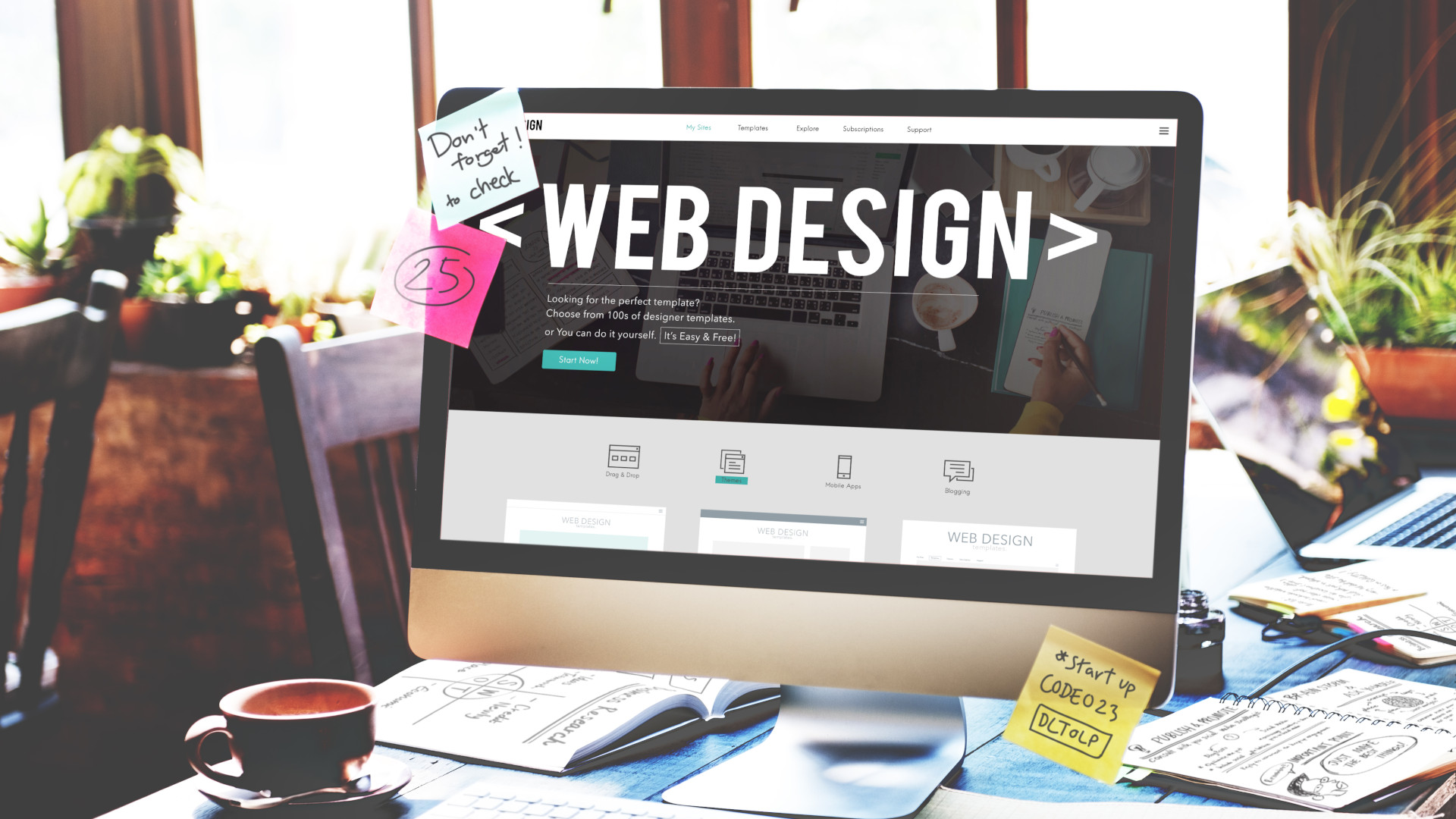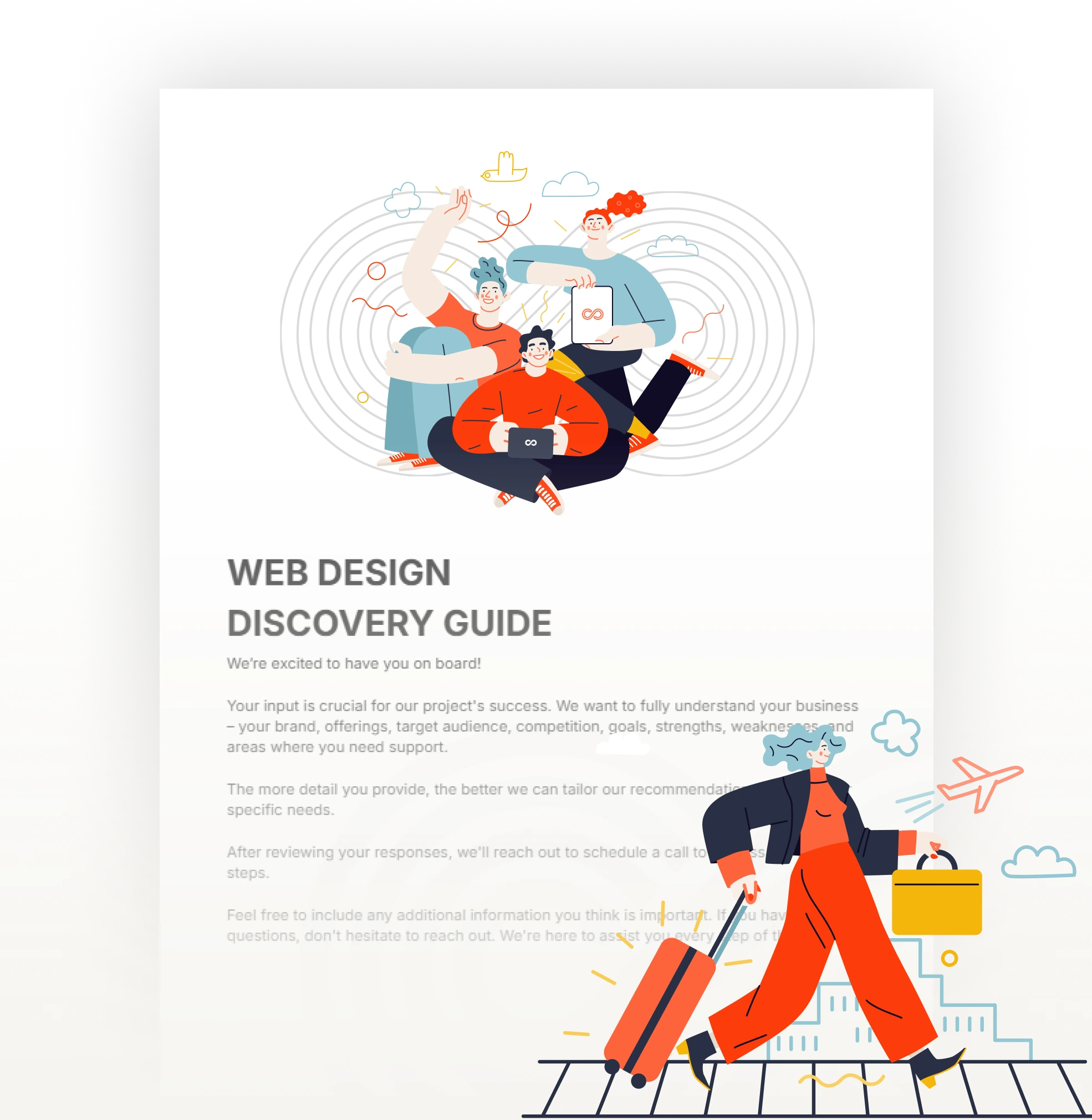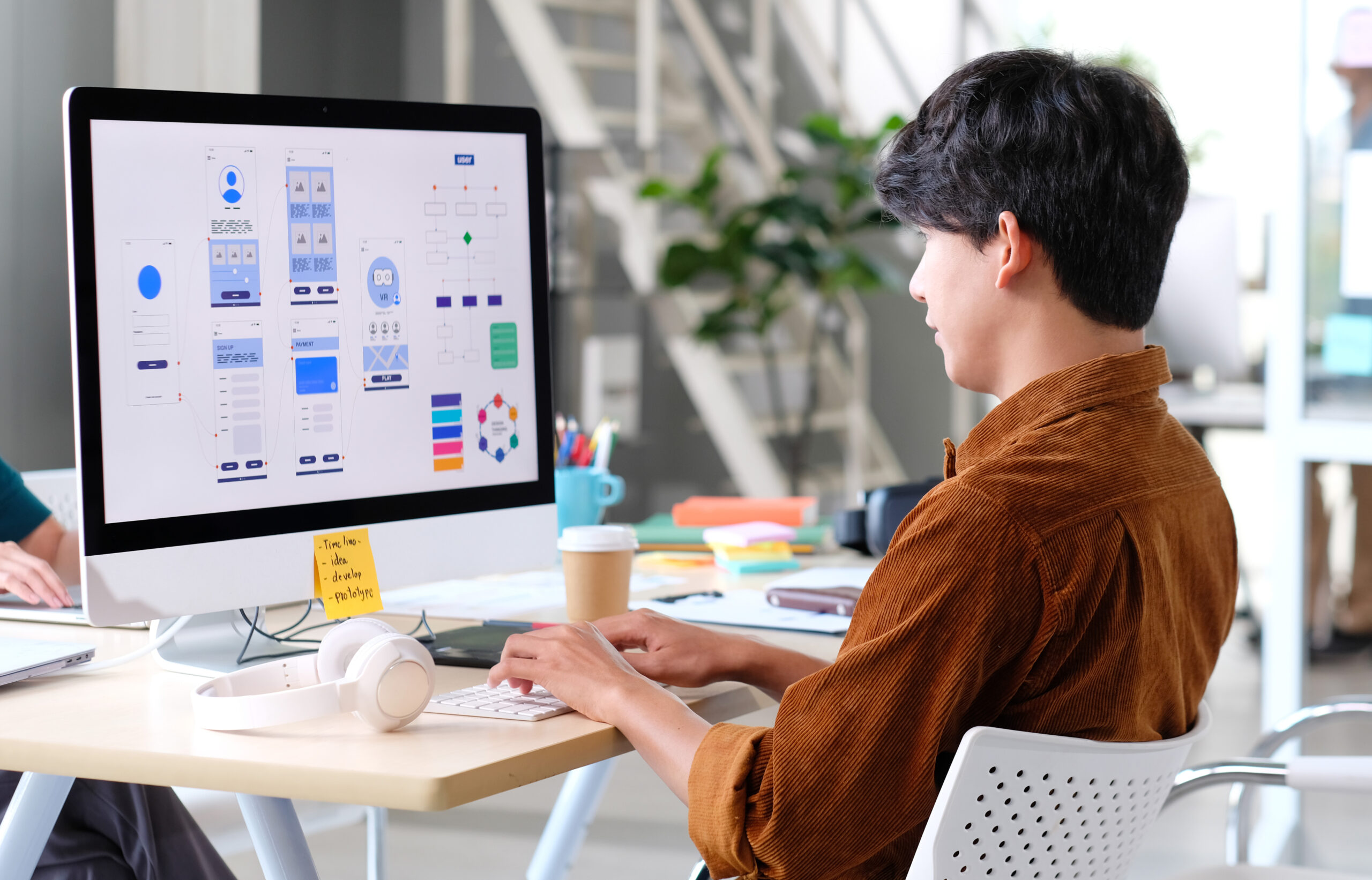The Finest Kinds of Website Design to Enhance Individual Experience and Interaction
In the ever-evolving landscape of digital communication, the effectiveness of Web layout considerably affects customer experience and engagement. Different design strategies, such as minimal, responsive, and interactive layouts, each deal one-of-a-kind advantages that can cater to varied user needs. Comprehending which sorts of Web layout best offer these goals can be critical for services intending to improve client satisfaction and retention. However, the question continues to be: which design elements really resonate with individuals and foster significant interaction? The expedition of these principles exposes essential understandings that may redefine your technique to Web design.
Minimal Website Design
As electronic landscapes come to be significantly chaotic, minimal Web layout has actually arised as an effective strategy to boosting user experience. This style approach prioritizes simpleness, concentrating on necessary aspects while getting rid of unneeded distractions. By making use of sufficient white area, uncomplicated navigating, and a restricted shade combination, minimalist layout promotes clarity and routes customer attention to crucial material.
The core principle of minimalist Web design is to develop a smooth communication for users. By minimizing cognitive load, customers can promptly understand information without feeling bewildered. This direct method not only improves usability yet additionally encourages engagement, as visitors are most likely to explore a site that is simple and aesthetically appealing to browse.
Additionally, minimalist style often emphasizes typography and imagery, making use of these elements tactically to convey messages efficiently. In significance, minimal Web layout is not simply a fad; it is a thoughtful methodology that identifies the importance of user-centered layout.
Responsive Web Design
In today's varied digital setting, receptive Web design has actually come to be vital for developing a smooth individual experience across a multitude of tools. As customers gain access to internet sites on mobile phones, desktops, tablets, and laptop computers, the ability of a web site to adapt its layout and web content to various screen dimensions and resolutions is critical.
Receptive website design utilizes adaptable grids, images, and CSS media inquiries to make sure that Web content is offered efficiently, no matter the device made use of. This technique not only improves the aesthetic allure of an internet site however additionally substantially enhances use. Customers are more probable to involve with a site that supplies a constant experience, as it gets rid of the frustration of having to zoom in or scroll excessively.
By embracing receptive style, companies can improve their visibility and reach a more comprehensive audience. In recap, responsive Web style is a basic method that boosts user experience, engagement, and total satisfaction.
Interactive Website Design
Receptive website design prepares for improving individual experience, however interactive Web style takes this a step better by engaging customers in a more dynamic method - Aligned Position Web Design. By integrating elements such as animations, clickable prototypes, and real-time comments, interactive Web layout captivates individuals, attracting them right into a richer surfing experience
This strategy not only cultivates engagement but likewise motivates users to check out material proactively instead of passively eating it. Methods such as gamification, where customers gain incentives for completing jobs, can considerably enhance the moment spent on a site and boost general fulfillment. In addition, interactive functions can streamline intricate information, making it more delightful and absorbable.

Incorporating interactive style components can additionally lead to higher conversion rates, as customers are more probable to involve with great post to read a site that proactively entails them. Aligned Position Web Design. Ultimately, interactive Web style changes customer experiences right into memorable trips, making certain that site visitors return time after time
Apartment Layout
Defined by its minimalistic technique, flat layout stresses simplicity and capability, removing unneeded elements and concentrating on crucial features. This design philosophy prioritizes usability, ensuring that users can navigate user interfaces easily and performance. By using a tidy visual, flat style gets rid of the clutter frequently found in much more ornate styles, thereby enhancing customer concentrate on web content and functionality.
The characteristic of level layout hinges on its use bold colors, basic typography, and geometric forms. These aspects add to a visually enticing interface that is both modern and approachable. Furthermore, flat layout promotes a sense of quality, enabling individuals to discern crucial activities and info without disturbance.
Furthermore, flat design is particularly reliable in responsive Web style, as its simplicity converts well across numerous gadgets and screen dimensions. The absence of detailed structures and gradients lessens loading times, which is crucial for keeping user involvement. As digital landscapes proceed to progress, level style remains a pertinent choice for developing straightforward sites that enhance total experience. By concentrating on necessary functions, flat style not just meets customer demands however also urges seamless interaction, making it a vital component of reliable website design techniques.
Flexible Web Layout
Adaptive Web layout customizes the user experience by producing numerous dealt with layouts customized click here for more to different display sizes and tools. Unlike responsive layout, which fluidly changes a single format, adaptive style employs unique layouts for certain breakpoints, making sure ideal presentation on different platforms. This strategy permits developers to concentrate on the one-of-a-kind characteristics of each device, enhancing usability by delivering specifically what customers require based upon their context.
One of the main advantages of adaptive website design is its capacity to maximize tons times and performance. By serving customized web content and photos that fit the individual's device, sites can reduce data use and boost loading speeds. This is especially useful for individuals with slower connections or limited data strategies.

Furthermore, flexible design assists in a more controlled and regular branding experience. Since designers produce multiple layouts, they can make sure that the aesthetic elements line up with the brand name's identification across different systems - Aligned Position Web Design. This results in a natural customer experience, enhancing involvement and advertising user retention
Final Thought
To conclude, the combination of minimal, receptive, and interactive website design concepts substantially boosts individual experience and involvement. Minimalist design cultivates quality redirected here and focus, while responsive style makes certain flexibility across different gadgets, promoting ease of access. Interactive layout astounds users with vibrant elements, urging expedition and personalization. Collectively, these design approaches add to the development of straightforward settings that not just boost complete satisfaction but also drive higher conversion rates, underscoring their vital value in contemporary Web design approaches.

Minimalist style promotes clearness and emphasis, while receptive layout makes certain flexibility throughout numerous tools, advertising accessibility. Collectively, these design approaches add to the production of user-friendly settings that not just boost contentment yet additionally drive greater conversion prices, highlighting their important relevance in modern Web style techniques.
Comments on “Aligned Position Web Design: Tailor-Made Web Design Solutions for Maximum User Engagement”